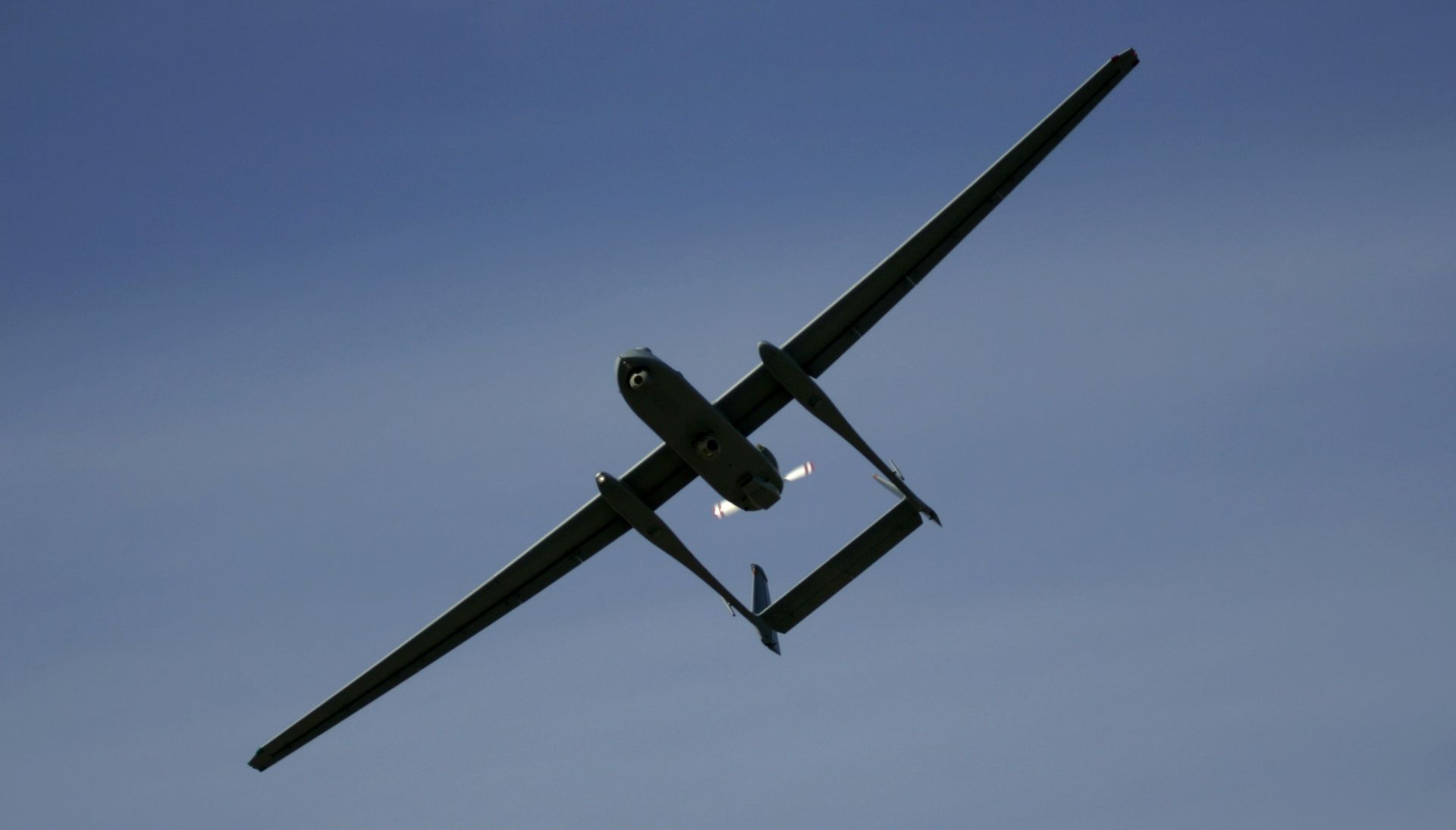, The Fort Worth Star-Telegram reported this weekend that a Marine V-22 Osprey experienced a hydraulic leak that led to an engine fire last Thursday:
“The Marine MV-22, assigned to the squadron that is expected to be the first to be deployed overseas this year, was preparing to take off from the Marine base at New River, N.C., when the crew got warnings of a fire and hydraulic leak in the right-hand engine nacelle.
An official statement released by the Marines public affairs office at New River called the incident “a minor nacelle fire.”
But a former Marine V-22 maintenance supervisor, Josh Brannon, said “it's silly to suggest any fire is minor.” Had the fire occurred a few minutes later during flight “they could have been having a funeral,” said Brannon, who now supervises maintenance of medical-evacuation helicopters in South Carolina.
According to an early report of the incident sent out by the Naval Aviation Maintenance Discrepancy Reporting Program, this is not as minor as a problem as the Marine Corps public affairs office at New River indicates. The report states:
THIS IS A PROBLEM WE HAVE SEEN IN OTHER SQUADRONS. IT IS APPARENT THAT THIS IS A SIGNIFICANT PROBLEM IN THE MV-22 COMMUNITY. THIS IS THE 10TH REPORTED INSIDENT [sic] OF AN EAPS QD [Engine Air Particle Seperator Quick Disconnect] BACKING OFF. [emphasis is POGO's]
In February, the Naval Air Systems Command issued a notice that it is going to award Bell-Boeing, the V-22's contractor, a sole source contract “for the non-recurring development and recurring implementation of design solution in both production and retrofit for the V-22 Engine Air Particle Separator (EAPS).” This contract is intended to fix the problem.
The V-22's hydraulic problems are not new. According to the Defense Department Inspector General in 2002:
“The V-22 was produced with a less-than-optimal hydraulic system because the V-22 Program Manager (PMA-275) did not exercise sufficient oversight of the hydraulic system's design: PMA-275 did not specifically monitor the reliability rates of the hydraulic system's performance.”
The Star-Telegram's Bob Cox also reported:
A more serious nacelle fire occurred on a Marine MV-22 at New River in December. The Marines said that fire, which erupted moments after the plane landed, caused at least $1 million in damage to the aircraft.
That fire was caused when the titanium fitting on the hydraulic line failed and spurted fluid.
The aircraft has suffered other engine nacelle fires caused by leaking hydraulic fluid, including some that the Marines have not publicly acknowledged, according to internal Marine correspondence provided to the Star-Telegram.
POGO will continue monitoring the V-22 program. The GAO noted in a report last week that the “Design stability of Block B–the deployed configuration [of the V-22]–will be better known after its limited operational assessment in late 2007…A bearing defect has been found in some critical assemblies of production aircraft and is being addressed.”
Beijing slams US over potential Chinese drone ban
China said on Friday it would take "all necessary measures" in response to the United States announcing it was considering...








